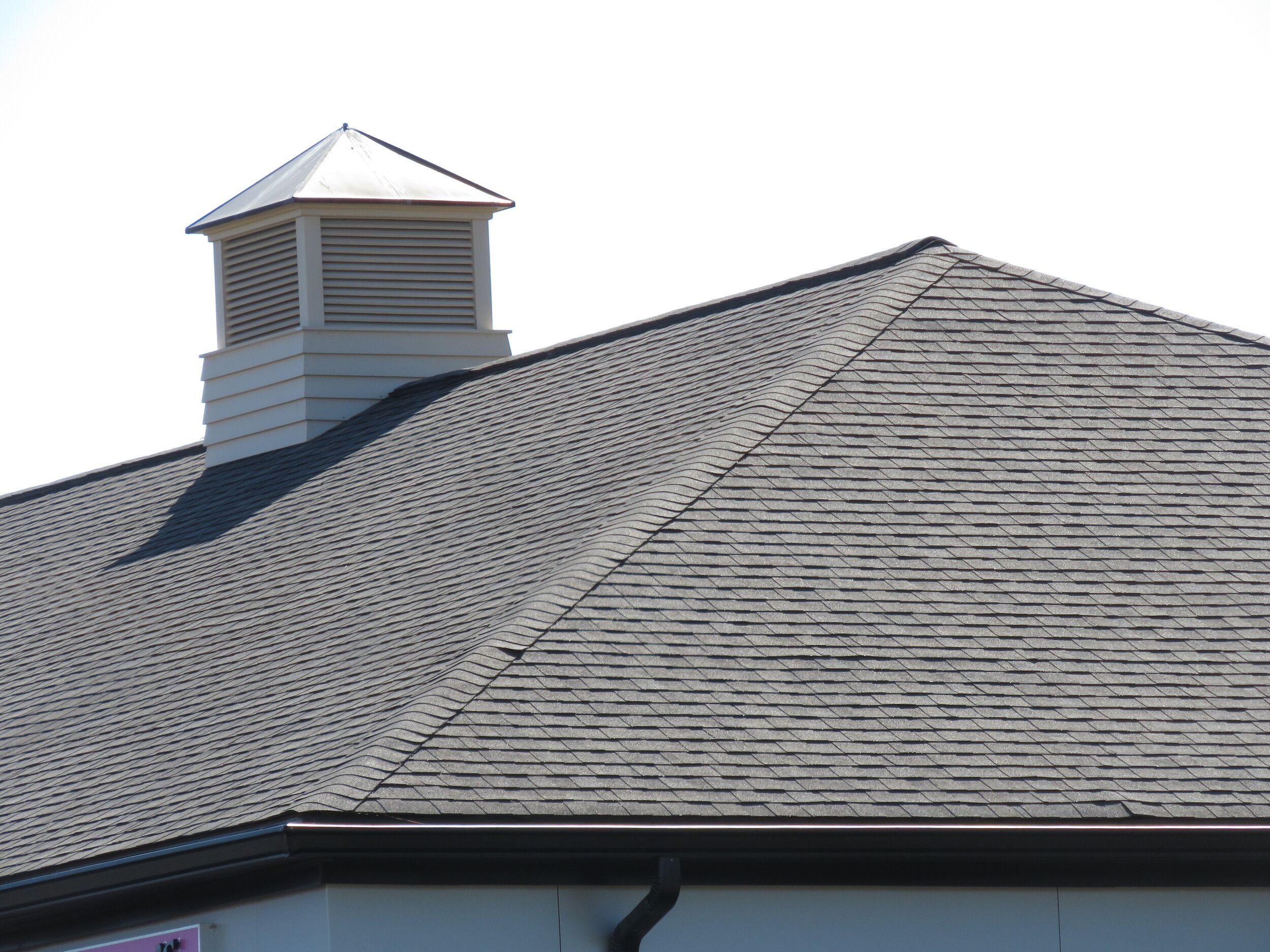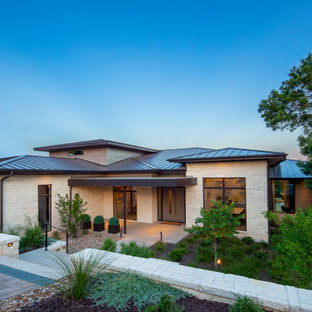A hip roof or hipped roof is a type of roof design where all roof sides slope downward toward the walls where the walls of the house sit under the eaves on each side of the roof.
Roof alleys eaves hips.
The slates must be cut closely at the hip junction with ridge hip tiles of the correct angle used.
Wet bedded hips use hip irons to bs 5534 and mortar of the correct mix.
To get the most out of it is helpful to also read parts 1 and 2.
Roof ridges and ridge tiles roof hips and hip tiles roof valleys roof verges and lead flashings.
See more ideas about hip roof design hip roof roof design.
Ice dams are a serious issue for homeowners and roofing professionals in cold climates or even where occasional snow may fall.
Seals cracks and seams in gutters roof alleys eaves hips and ridges repair gouges rips and tears in metal panels on trailers shipping containers and metal buildings waterproof patching and repairs in residential and commercial greenhouses.
Part 3 of the four part guide to roof construction covers pitched roof detail.
The slate should extend 50mm over fascia or to centre of gutter.
The eaves course slates are installed dressed edge face up with the tail aligned to the under eave slate.
Jul 12 2019 explore pam mickelson s board roof eaves on pinterest.
Wrap felt over hips.
Valleys are where two sides of the roof meet again.
They are the opposite to a hip as they are the internal version whereas a hip is what you find on an external corner.
A hip roof may be virtually square sloping from one main roof point downward on four equal sides or it may have an extended roof ridge and additional hips designed by the architect.
Roof valleys are troughs that discard runoff water where two sections of sloped roof meet.
Hip roofs do not have gable ends but instead they feature sides that all slope downward and must be shingled.
Nov 7 2015 explore terri s board hip roof design on pinterest.
Part 1 a guide to roof construction covers an overview of flat and pitched roofs.
Valleys can be made from several different materials.
Ice dams are formed by the continuous melting and freezing of snow due to heat escaping from the house or from a backup of frozen slush from the rain gutters the melted water flows under the snow and freezes as it reaches the unheated soffit area at the eaves thus.
The valleys on many older houses comprise layers of roofing paper which.





























